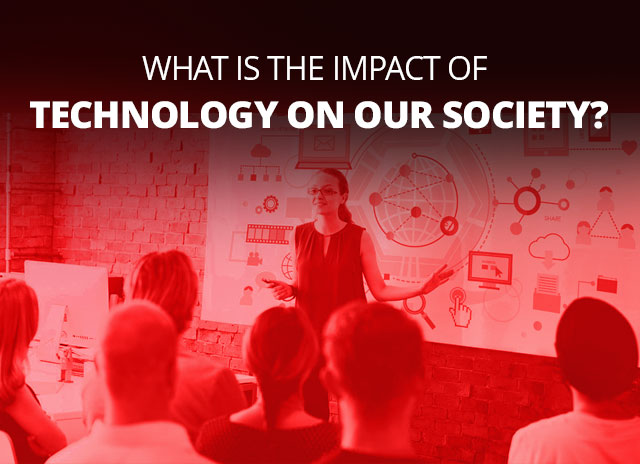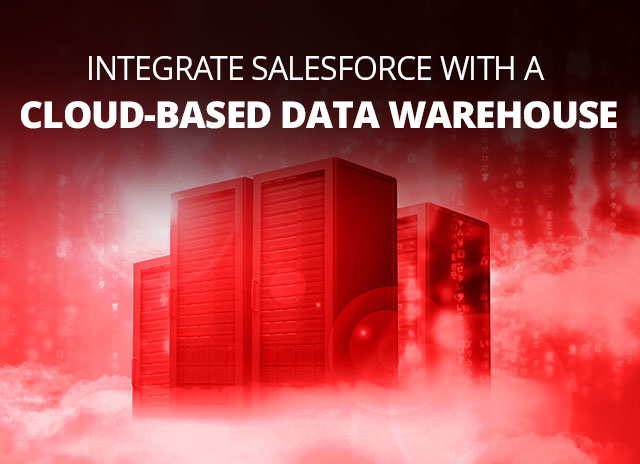What is the Impact of Technology on Our Society?
The rapid growth of technology has become a force to reckon with such that we cannot exist without it. You and I depend on every form of technology to go about our regular lives. However, it is good to note that technology has impacted the society both positively and negatively. Let us dive more into it.
The Top Positive Impact of Technology
Whether it be playing online games with a Resorts casino bonus code, or going out with your GoPro, there is a lot that you can do. Here is how technology has improved our life.
#1. Has improved agriculture
Food is vital in our lives, but the current human population cannot be sustained with limited resources. However, technology has given farmers a chance to grow large quantities of good even in small tracts of land. Also, they can access fertilizers and other tools which boost crop productivity.
#2. It has improved the transport sector
Transportation has evolved in a great fold with time. People can move quickly from one continent to the next. Technology has revamped the transport sector and improved it such that mobility is more accessible. For instance, there are electric trains which can move almost at the speed of light. We have gone further to explore space and even landed on the moon and Mars.
#3. Technology has revamped communication
Communication is the only way that we can pass information. There are various forms of mediums we use to communicate that have been impacted by technology. For instance, the rise of social media has made it easy for people to know each other and talk despite the distance. The Internet, radio, TV, and others are acting as tools where they inform the rest of the world what is happening.
The Negative Impact of Technology
#1. Technology is straining natural resources.
Natural resources have depleted a significant lot that there is a rising concern. Yes, we are glad that technology is rising rapidly, but it is harming our earth. For instance, natural metals need to be mined continuously so that we can develop gadgets such as phones and computers.
#2. There is a rise in population.
In 2017 the World Population clocked to 7.7 billion. Advanced technology has improved the health sector, thus reducing the mortality rate. This is good news, but there is also a downside. It is becoming hard to sustain the current population with limited resources.




